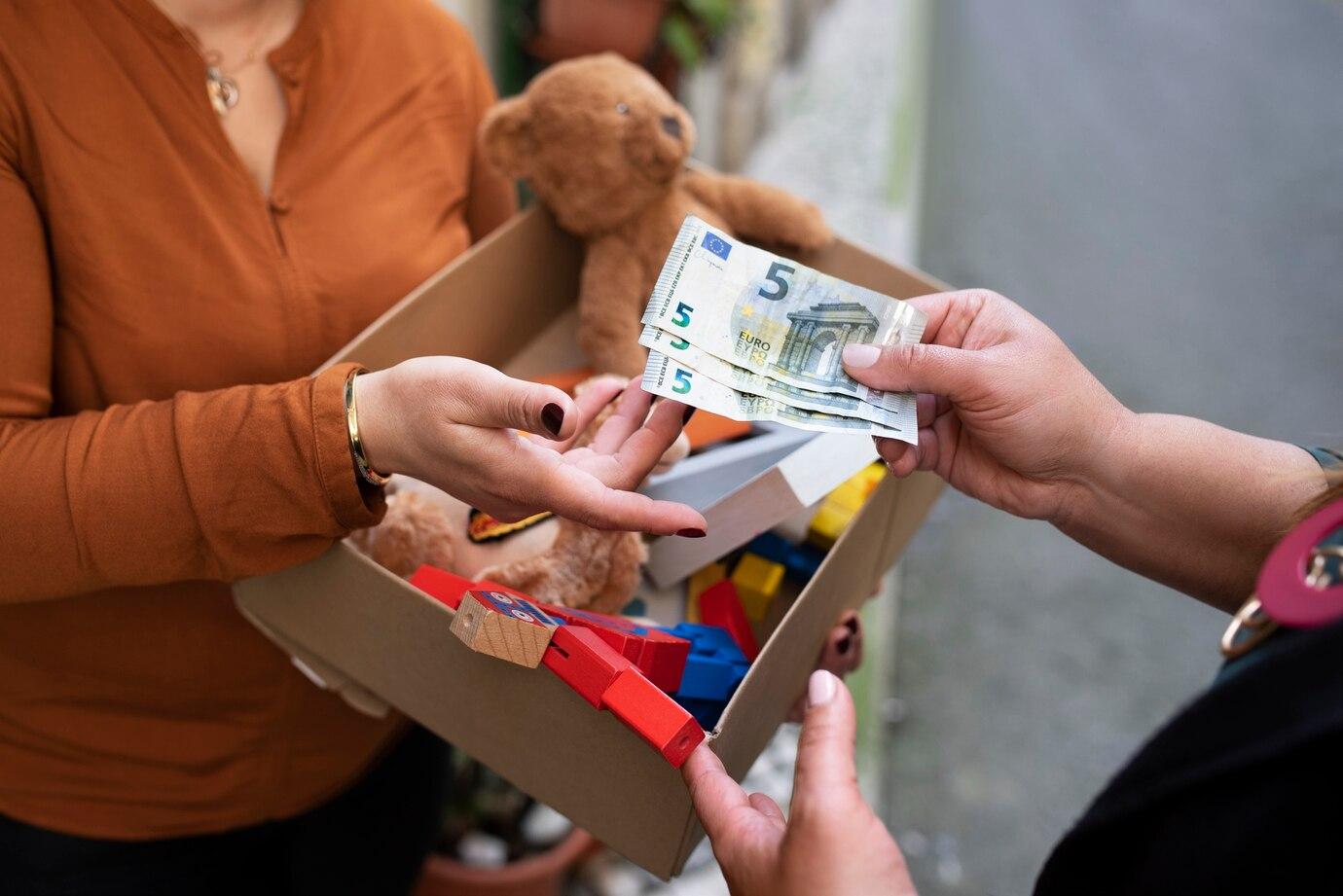Charity — is one of the most noble and necessary spheres, but it attracts not only sincere people wishing to help others, but also scammers who use good intentions for their selfish purposes. Fake charitable foundations, donation scams, and fraud in money collection — are not uncommon in the modern world. Scammers create the appearance of supporting those in need, collecting funds that they then appropriate for personal enrichment.
Mechanisms of charity fraud
Creating a fake image of a foundation
The first step for scammers is to create a fake image of a charitable foundation. To do this, they may develop attractive websites where they post stories, photos, and videos confirming their activities. Such sites often look professional, inspiring trust in potential victims. Web design, quality images, and emotional appeals to people — all of this helps create an illusion of legitimacy.
Often, scammers use the names of existing charitable organizations, making slight changes. For example, they may change one word in the name or add minor text, making it difficult to recognize the counterfeit. In addition, scammers actively use social networks to spread information about their campaigns, urging people to donate. Social media becomes an excellent platform for spreading fake stories.
Using emotions for manipulation
The emotional aspect is an important tool in the scammers' arsenal. They create tragic stories aimed at people's feelings, prompting them to donate. This could be a story about a family affected by a natural disaster, children in need of medical care, or animals in distress. Such stories often include emotional appeals that easily resonate with the hearts of those who wish to help.
Scammers may also use current events — for example, major natural disasters or public health issues, such as pandemics. During these events, they try to quickly create fake campaigns, emphasizing the need for rapid response and mass support. Emotional manipulation makes people act without proper information verification and reflection.

Techniques used by scammers
False fundraising and fake aid campaigns
One of the most common methods of fraud is false fundraising. Scammers may organize mass events such as concerts, marathons, or charity auctions. They often announce these events using well-known artists or public figures, adding legitimacy in the eyes of victims. However, all funds collected at these events are not directed to support the real victims but end up in the scammers' pockets.
Fake aid campaigns — are another cunning trick used by scammers. For example, they may distribute flyers asking for help and set up tents in crowded places, convincing passersby to donate. These campaigns are sometimes accompanied by fake tears and performances, increasing the level of trust in the collectors. Even if the organization manages to register legally, it may not perform the declared functions and use the funds solely for its needs.

Persuading to volunteer
Volunteer scams also represent common fraud. Scammers sometimes hire "volunteers," offering them to participate in charity campaigns. In reality, this may be just a trick to create an additional illusion of legitimacy and fundraising. Such «volunteers» may be involved in collecting money or spreading information about the foundation, but their efforts only lead to increased scammers' income.
It is important to note that real charitable organizations always value their volunteers and provide clear instructions on how they can help. If a "job" is offered with unclear conditions and no transparency, this may be a clear sign of fraud.

How to check a charitable foundation
Before making a donation, it's important to check whether the charitable foundation is registered. In most countries, there are regulatory bodies responsible for registering charitable organizations. For example, in Russia, it's the Ministry of Justice and the Charity Support Fund. You can request the foundation to provide information about its registration and also review its financial reports. This significantly reduces the risk of encountering scammers.
Furthermore, many legitimate organizations publish expense and income reports on their websites. If such information is missing or unclear, it's worth being cautious. Make sure the foundation has the appropriate license to collect donations.
In addition to the license, it's also sensible to assess the overall transparency of the foundation's operations. Reliable organizations often have transparent processes and are easily accessible for communication. If a foundation hides its operations or doesn't respond to questions, this is already a red flag. Pay attention to reviews about the foundation, which can be found on independent platforms and social networks.
It is also worth researching how the foundation uses the collected funds. Open reports with detailed breakdowns of the interdependence between collected funds and their spending direction indicate the reliability of the organization. If the foundation spends a significant portion of its budget on administrative expenses, this may be a sign of dishonesty.

Ways to protect against charity fraud
One of the effective ways to protect against fraud is education and awareness. Give yourself time to learn how charitable organizations work, what risks exist, and how to identify fraud. Learn about typical signs of unearned trust and fake foundations. It's also important to share this information with those around you.
In the modern world of technology, there are resources and applications to help check charitable organizations. Platforms like Charity Navigator or Guidestar provide complete information about legitimate foundations, their ratings, and financial reports. Using such services can significantly reduce risks.
Fraud in the charitable sphere — is a serious problem that requires careful attention from society. Understanding the mechanisms of fake foundations and the techniques used by scammers can significantly reduce the risk of losing funds. Checking licenses, reputation, and the transparency of charitable organizations' operations — are important steps in preventing donation fraud.
